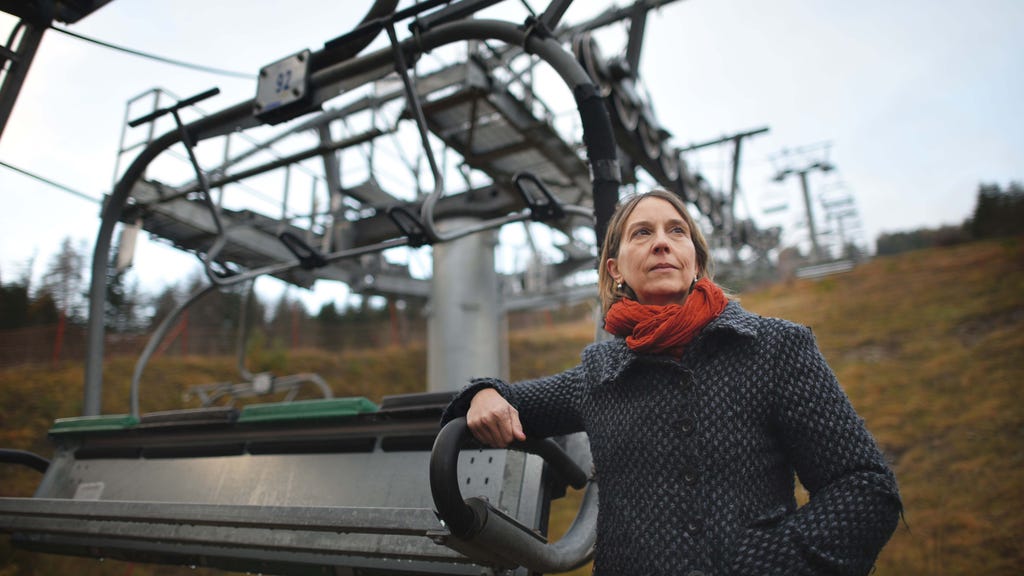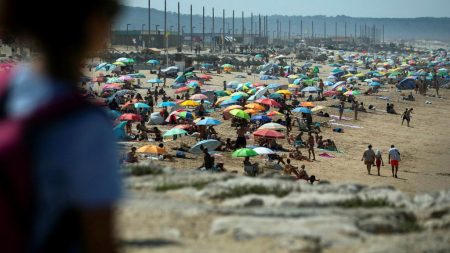The quiet ski resort of Seyne-les-Alpes, nestled in the Southern French Alps, stands as a stark symbol of the changing climate and the challenges facing winter tourism. Its ski lifts are still, the gondolas swaying forlornly in the wind, a poignant reminder of a bygone era. The once-proud Le Grand Puy ski station, the region’s first when it opened in 1959, has fallen victim to dwindling snowfall and declining tourist numbers. A sign at the ski rental shop declares ”Fermeture définitive” – permanently closed. The resort’s closure reflects a broader trend across the Alps, where lower-altitude ski areas struggle to maintain viable operations in the face of warming temperatures and unpredictable snow conditions.
The decision to shutter Le Grand Puy was not taken lightly. It followed years of financial losses and a local referendum in which 71% of residents voted to close the lifts. The municipality, which owns the facility, faced the prospect of significant tax hikes to continue operations, a burden deemed too heavy for the small community of 1,300. While the majority accepted the closure as a necessary step to avoid economic disaster, some, like restaurant owner Frédéric Bony, believe the fight should have continued for a few more years. However, maintaining the slopes would have required extensive artificial snowmaking, a practice with its own environmental costs, especially considering the increasing scarcity of water resources in the region.
The challenges faced by Seyne-les-Alpes highlight the growing water crisis in the Alps and its connection to climate change. The region’s glaciers, vital reservoirs of freshwater, are shrinking at an alarming rate. Glaciologist Fanny Brun points out the dramatic loss of glacial mass between 2000 and 2020, warning that if global warming continues unchecked, the Alps could lose almost all their glaciers. This loss exacerbates the water shortages already impacting regions like neighboring Italy, where the Po River nearly dried up in 2022, a crisis linked to milder winters and reduced snowpack in the Alps. The diminishing snow cover, particularly below 2,000 meters, further underscores the vulnerability of lower-altitude ski resorts.
While higher-altitude resorts like Val d’Isère still boast abundant snow, even they are not immune to the effects of climate change. Long-time resident and ski instructor Andreas Björklund has witnessed firsthand the retreat of the Grande Motte glacier and the increasing unpredictability of weather patterns. He describes more extreme conditions – intense snowfall, strong winds, rapid temperature fluctuations – making planning and forecasting increasingly difficult. Beyond the environmental shifts, the increasing demand for higher-altitude skiing has driven up prices in Val d’Isère, making it a more exclusive destination and impacting the affordability for many, including Swedish tourists who once frequented the area.
The future of ski tourism in France, a significant economic driver, hangs in the balance. The industry generates billions in revenue and employs hundreds of thousands, prompting difficult questions about alternative economic paths for communities like Seyne-les-Alpes. Local leaders hope to attract summer tourists with activities like gliding, leveraging the valley’s favorable wind conditions. However, these options are unlikely to replace the economic engine of skiing. The debate extends beyond local economies, raising questions about the sustainability of a global ski industry that relies heavily on international travel, particularly long-haul flights, contributing to the very climate change that threatens its existence.
The closure of Le Grand Puy and the challenges faced by other ski resorts signal the need for a fundamental shift in the ski tourism model. Some argue for a more localized approach, prioritizing domestic tourists over international travelers. This would reduce the carbon footprint associated with long-distance travel and potentially create more sustainable tourism practices. However, the feasibility of such a transformation remains uncertain, with skeptics questioning whether it could offset the economic benefits of international tourism. The future of skiing in the Alps, and elsewhere, hinges on finding a balance between economic viability, environmental responsibility, and adapting to the undeniable realities of a changing climate.














